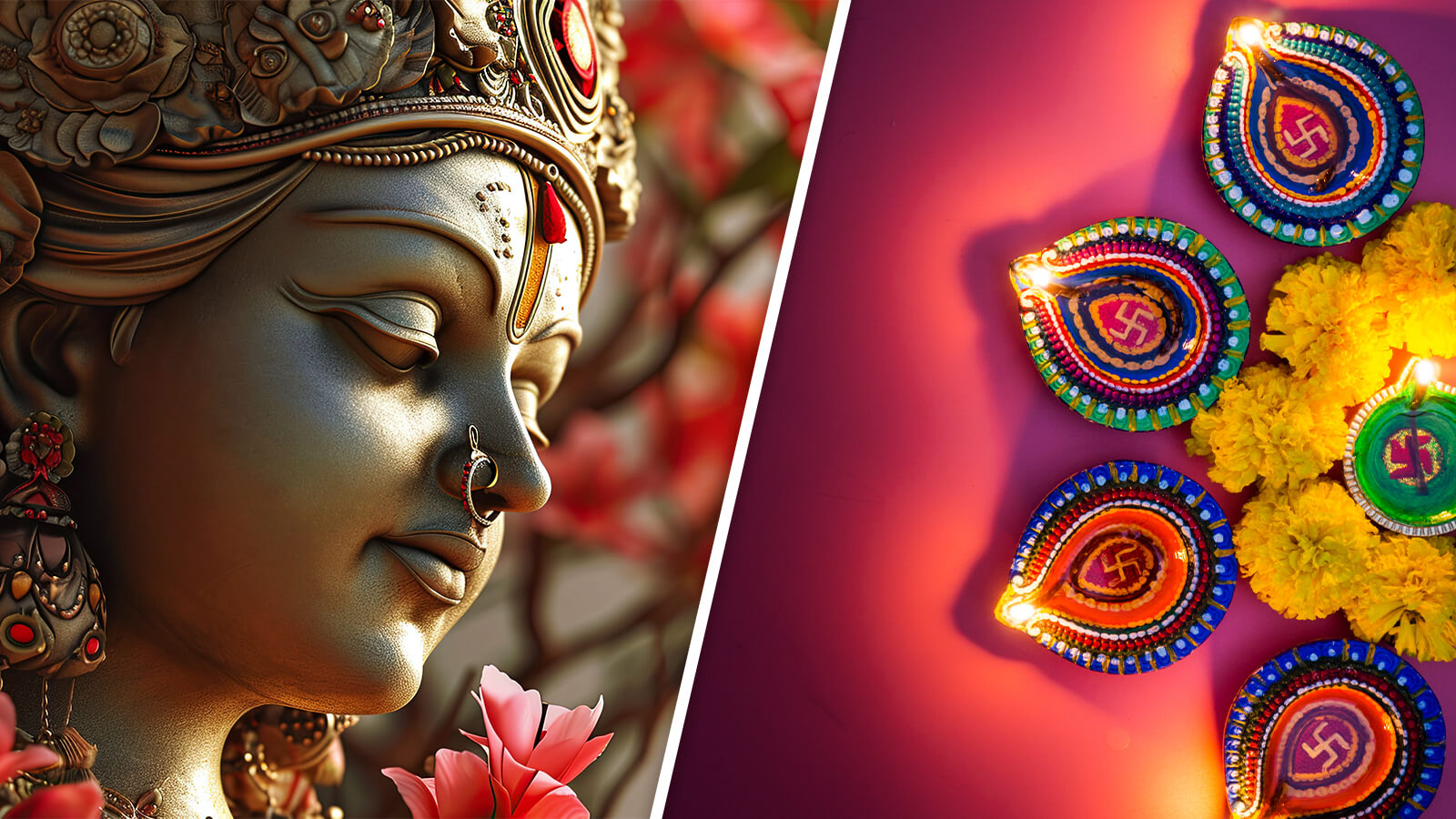Yoga - Practice of the Mind and Body

The History and Rise of Yoga:
Despite many years of research, we still don’t know much about the origins of yoga. However, we do know that it originated in India 5,000 or more years ago. Some historians connect yoga practices to as far back as around 500 BCE. In the early 1920s, archeologists surprised the world with the discovery of the so-called Indus civilization. This was the largest civilization in early antiquity. In the ruins of the big cities of Mohenjo Daro and Harappa, excavators found depictions engraved on soapstone seals that strongly resemble yogi-like figures. Many other finds continued to show the amazing continuity between that civilization and later Hindu society and culture.
In Mahāyāna Buddhism, the notion of yoga as a spiritual or meditative practice was referred to as Yogachara (Yogācāra). Yogachara involved eight steps of meditation that was known as “calmness” or “insight.”
For a while, yoga was a loose notion, its meaning difficult to pin down. It was more of a notion of meditation and a religious practice than it was exercise as we know today. However, around the 5th century, it became more of an established core practice among Hindus, Buddhists, and Jains. They began associating yoga and its poses around several core values.
The first value involved analyzing one’s own perception and cognitive state-- understanding the root of suffering and using meditation to solve it. The second aimed to uplift or broaden consciousness, and the third involved using yoga as a path to “transcend” bodily pain or suffering. The fourth was using yoga to enter other bodies and act supernaturally — perhaps the strangest and most mystical value of all.
This is also where the difference between “yogi practice” and “yoga practice” is differentiated. Yoga practice essentially denotes mind-training and meditation issuing in the realization of enlightenment, liberation, or isolation from the world of suffering existence, at least in ancient terms. Yogi practice, meanwhile, lies more in the supernatural — i.e., when yogis are able to enter other bodies to expand their consciousness.
In the late 1800s, yoga spread West, and in the 1920s, the “Modern Yoga Renaissance” began. This is where the physical practice of yoga evolved dramatically. Yogis began to pioneer yoga as exercise, infusing them with Western gymnastics, wrestling, and other practices. At this point, traditional yoga contained very few standing poses. Today, yoga is a staple of holistic health and has grown into a massive industry, with an estimated 300 million practitioners worldwide and counting!
Types of Yoga:
There are twelve different types of yoga. There is no right and wrong, but whatever fits you and your personality. See the list below.
1. Kundalini Yoga is where everyone wears white to deflect negativity, consists of chanting, singing and meditation.
2. Vinyasa yoga or “flow yoga” is often interpreted as linking breath and movement, where the poses are synchronized with the breath in a continuous rhythmic flow.
3. Ashtanga yoga consists of six series of specific poses taught in order. There is no music played in Ashtanga yoga, and each practitioner moves to their own pace. Each pose and each series is “given” to a student when their teacher decides they have mastered the previous one.
4. Yin yoga is a slower style of yoga in which poses are held for a minute and eventually up to five minutes or more. It has roots in martial arts.
5. Iyengar yoga utilizes multiple props such as chairs, walls, and benches. It is suitable for people of all ages and skill levels.
6. Bikram Yoga is a form of hot yoga and has many set rules.
7. Power yoga is more active and is done at a quicker pace than other styles. It is preferred among those that want to get in a good workout.
8. Sivananda yoga is done in a more gentle form and focuses more on the spiritual aspect associated with the poses.
9. Restorative yoga focuses on relaxing and down-regulating the nervous system. It is easy to drift off to sleep during its poses.
10. Prenatal yoga can do wonders for mothers-to-be. It helps ease pain associated with pregnancies, such as in the lower back or hips.
11. Aerial yoga involves traditional yoga poses with the added support of a strong, silky hammock that hangs from the ceiling.
12. Acro yoga takes familiar transitional poses and changes them up by adding a partner. It develops effective communication skills with a partner, and aids in setting appropriate boundaries.
Benefits of Yoga:
Due to its ample health benefits, yoga has grown massively in popularity around the globe over the decade. Yoga improves average quality of life, helps fight depression, promotes better sleep quality, increases body strength, improves breathing, and promotes healthy eating. Yoga also helps with relaxation of the mind and body, increased flexibility, improved energy and vitality, and improves posture.
Yoga is considered an approach to osteopathic medicine. According to the American Osteopathic Association, some of the physical benefits of yoga include maintaining a better body tone and balanced metabolism, improved respiration, energy and vitality, weight reduction, and improved athletic performance. Similar to how different exercises target different parts of your body, there are more than 100 different types, or schools, of yoga, that stretch and flex various muscle groups. Most sessions typically include breathing exercises, meditation, and assuming postures, also called asana or poses. Many people also use yoga as a coping mechanism for anxiety, or to better learn discipline and communication. Yoga has grown to become one of the hottest fitness trends in the United States, and is enjoyed among the highest ranked fitness activities.

How Yoga Gained Popularity in the U.S:
As indicated above, yoga is seen as a positive activity for physical and mental health. According to a survey conducted in 2016 by the Yoga Alliance and Yoga Journal, between 2012 and 2016 the number of Americans doing yoga rose from 20.4 million to 36 million. Before, yoga was dominated by women. However, since key findings of the survey included that Yoga is for all ages, there have been more males and older practitioners than before. In 2016, there were approximately 10 million male practitioners and almost 14 million practitioners over the age of 50. This is up from about 4 million men and 4 million 55+ year olds in 2012. Yoga has become an increasing part of American life. 1 in 3 Americans have tried yoga on their own (not in a class) at least once. 75% of all Americans agree “yoga is good for you.” In addition, yoga is strongly correlated with having a positive self image.
The survey also indicates that yoga practitioners live green, eat sustainably and donate time to their community. Moreover, yogis have stronger minds, 86% of practitioners report having a strong sense of mental clarity, compared to 77% of non-practitioners. The survey further shows that yoga practitioners have a more positive view of their capabilities than non practitioners. 80% of practitioners self-report they have good balance and 75% self-report being physically strong compared to 64% and 57% of non-practitioners, relatively.
Yoga as an influential fitness form that is embraced by the West while reflecting positively on its cultural aspects has become widely recognized. It is about acclimating one to his or her individual self — body and mind. Yoga poses can be modified based on your physique, including your degree of flexibility or how you’re feeling that day. It is not about perfection, performing a beautiful pose to show others, or a competition of flexibility. Instead, yoga increases your mindfulness and connection to spirituality. As the famous verse from the Bhagavad Gita go, “Yoga is the journey of the self, through the self, to the self," and everyone should try it at least once.






